The latest armed conflict between India and Pakistan was not merely a response to a terrorist attack—it was the direct outcome of deep political transformations in both countries. In Delhi, an assertive Hindu nationalism has fueled a strategy of military resolve. In Islamabad, the military has tightened its grip while civilian institutions have weakened. These internal shifts make confrontation less an accident than an inevitability. As diplomacy stalls and public opinion grows more radicalized, each new clash only entrenches the ruling regimes—and further erodes the prospect of peace.
A New Type of Escalation
In the final days of April, India and Pakistan found themselves in the midst of their most intense military confrontation in years. Yet beneath the familiar optics lay important shifts. The conflict escalated rapidly, reflecting a qualitative change in both the capabilities and intentions of each side. Airstrikes, drone attacks, and the extensive use of air defense systems turned the clash into a demonstration of a new level of risk, rather than a routine exchange of fire.
One of the most striking features was the saturation of the Line of Control in Kashmir with combat drones—unprecedented in the history of the conflict. Hundreds of unmanned aerial vehicles were launched by both sides, eliminating risk to pilots and constantly probing defensive weaknesses. This was less an extension of traditional deterrence and more a challenge to it: the speed, scale, and automation of the hostilities conveyed a sense of uncontrollable escalation.
What followed were strikes deep into each country’s territory. Airfields, air defense systems, and infrastructure suspected of links to militant groups came under fire. Armed forces were placed on the highest alert, and with each passing day, the rhetoric grew more belligerent.
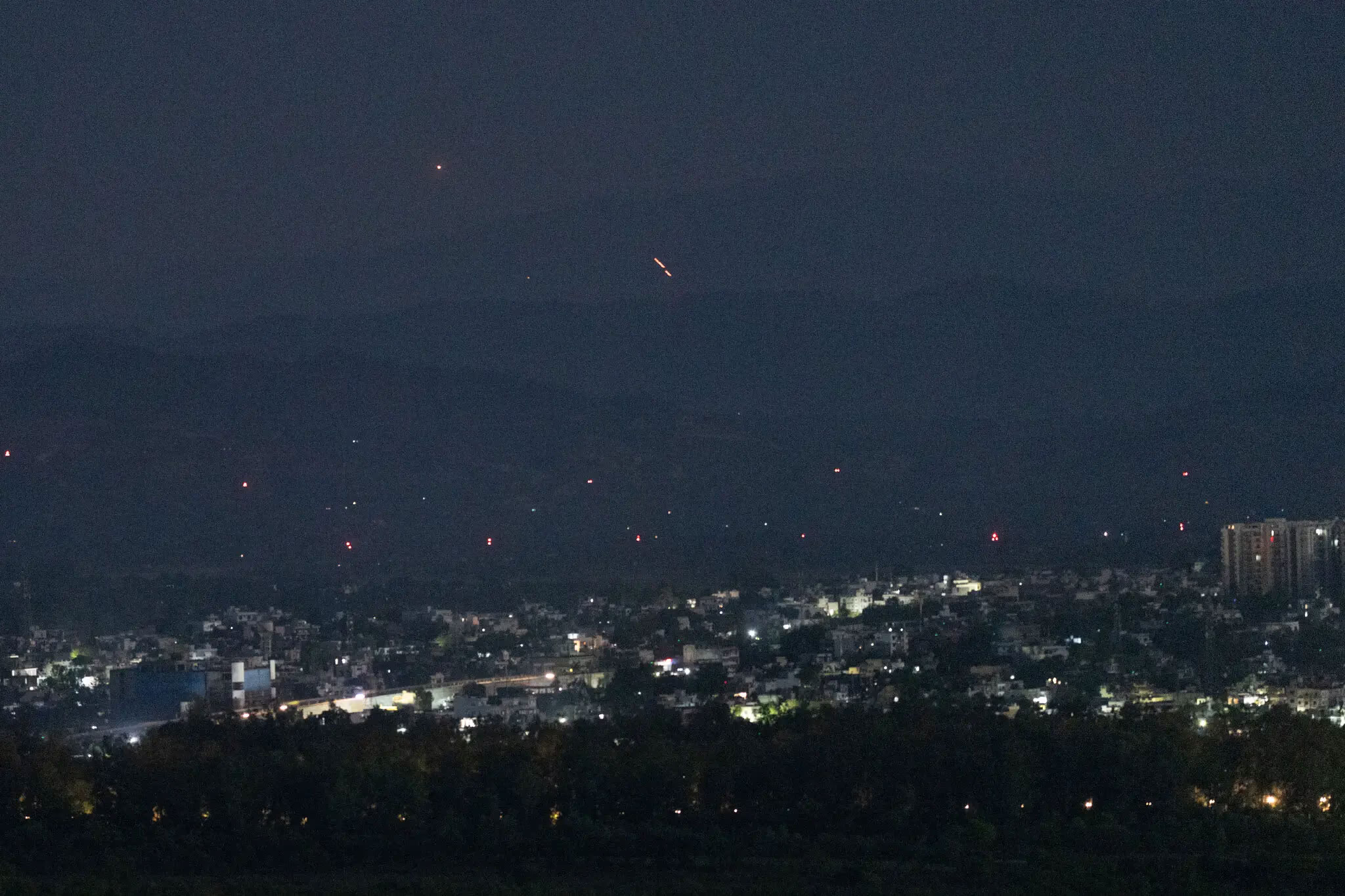
Indian air defense systems in operation in Jammu. May 10, 2025.
Diplomacy on Hold
Only after the strikes reached deep into national territories did global powers begin to act in earnest. The United States, Saudi Arabia, and several Gulf nations intensified mediation efforts—but only once the situation had escalated to the brink of unpredictable consequences between two nuclear-armed states. This intervention was not the product of a pre-established de-escalation mechanism; rather, it was a reactive response to the looming threat of catastrophe.
At a time when global attention is absorbed by domestic challenges—from economic instability to migration—any sense of international responsibility for maintaining stability is steadily eroding. The architecture of nuclear deterrence, once reliant on outside intervention and political caution, is beginning to fracture.
Indian military historian Srinath Raghavan notes that in the past, conflicts between India and Pakistan were often halted through external pressure. Today, he argues, both countries appear far less responsive to such influence. India in particular seems determined to rewrite the rules of engagement.
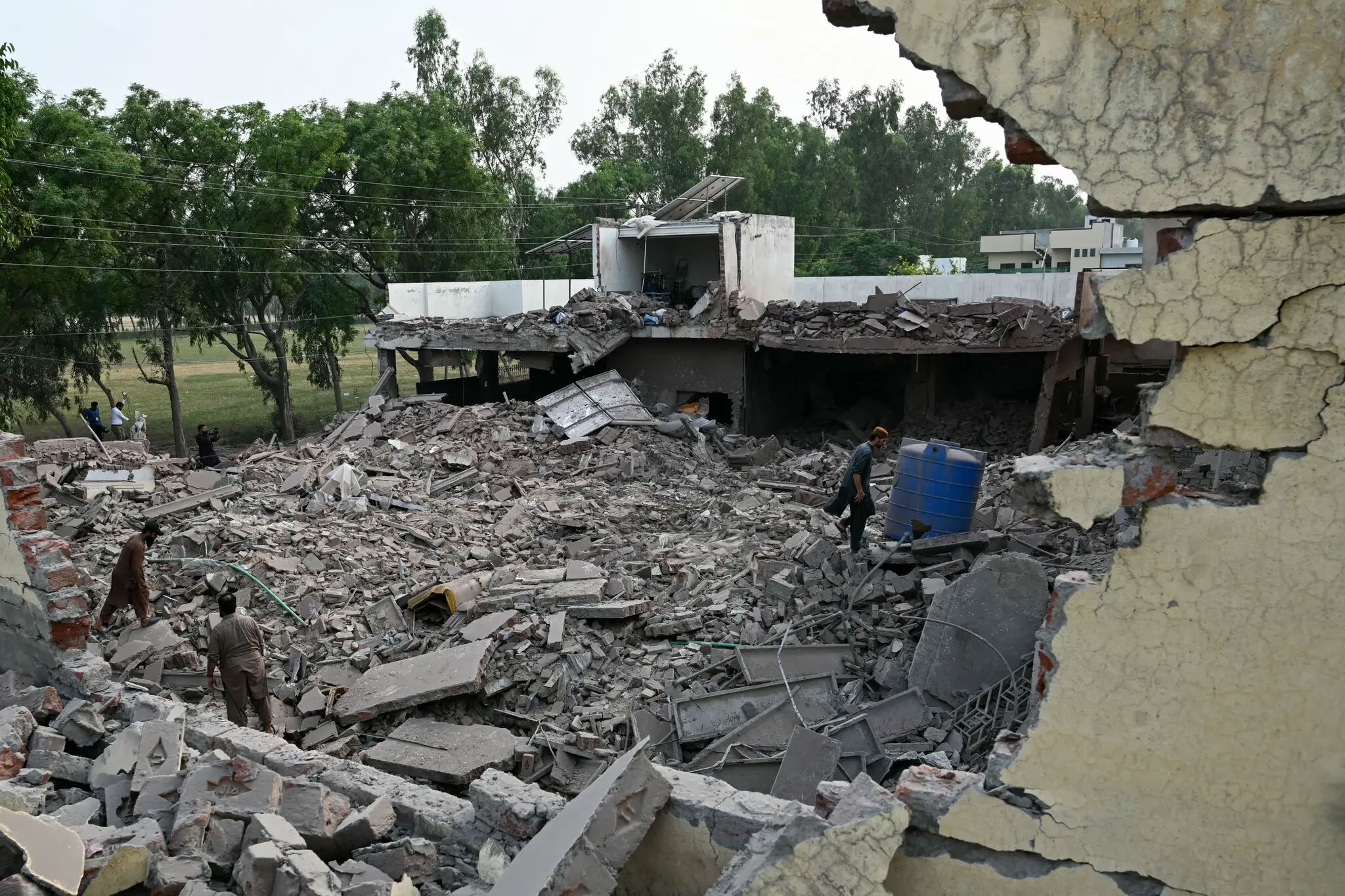
A damaged building in Lahore, Pakistan. May 7, 2025.
"The leadership in Delhi is assertive—almost demonstratively so," says Raghavan. "It wants to ensure that Pakistan is held accountable and does not feel as though it has achieved parity. This is the rationale behind the escalation."
Ideology as a Driver of Conflict
What is particularly concerning is that after the military clashes, the political reality in both India and Pakistan remained unchanged. Neither side experienced strategic deterrence. On the contrary—the internal logic of mobilization and ideological control only deepened. This suggests that the structure of conflict now rests not on deterrence, but on the reproduction of tension.
In Pakistan, the military continues to dominate civilian institutions. At the helm is a hardened leadership, shaped by decades of Islamization within the officer corps. Control over foreign policy remains with the generals, whose logic is based not on compromise, but on maintaining military parity.
In India, the dynamic is different—but equally worrying. Triumphant Hindu nationalism is gradually transforming the secular democracy into a state defined by ethnoreligious identity. This ideology fuels a hardline stance on Kashmir and Pakistan, making any compromise politically risky. Prime Minister Narendra Modi's regime increasingly builds its legitimacy on displays of strength rather than dialogue.
Against this backdrop, diplomatic channels remain frozen. Visa restrictions have not been eased, and India's statement on a possible withdrawal from the Indus Waters Treaty—a lifeline for Pakistan—has only heightened tensions. Islamabad has already warned that any attempt to restrict the flow will be seen as an act of war.
The Terrorist Attack as a Predictable Trigger
The formal pretext for the escalation was the terrorist attack that took place on April 22 in the Indian-administered part of Kashmir. Twenty-six civilians were killed. India immediately accused Pakistan of aiding the assailants, while Islamabad categorically denied any involvement. Yet the chain of response was largely automatic—less a matter of policy than the result of accumulated inertia.
Since Narendra Modi came to power in 2014, India has steadily developed a doctrine of forceful retaliation for terrorist attacks. Following confrontations with Pakistan in 2016 and 2019, such responses became expected both domestically and internationally. In public discourse—from media to political elites—pressure intensified: every incident demanded not just condemnation but a military show of strength. In that sense, the April attack was not the start of a conflict but the political "unfreezing" of one.
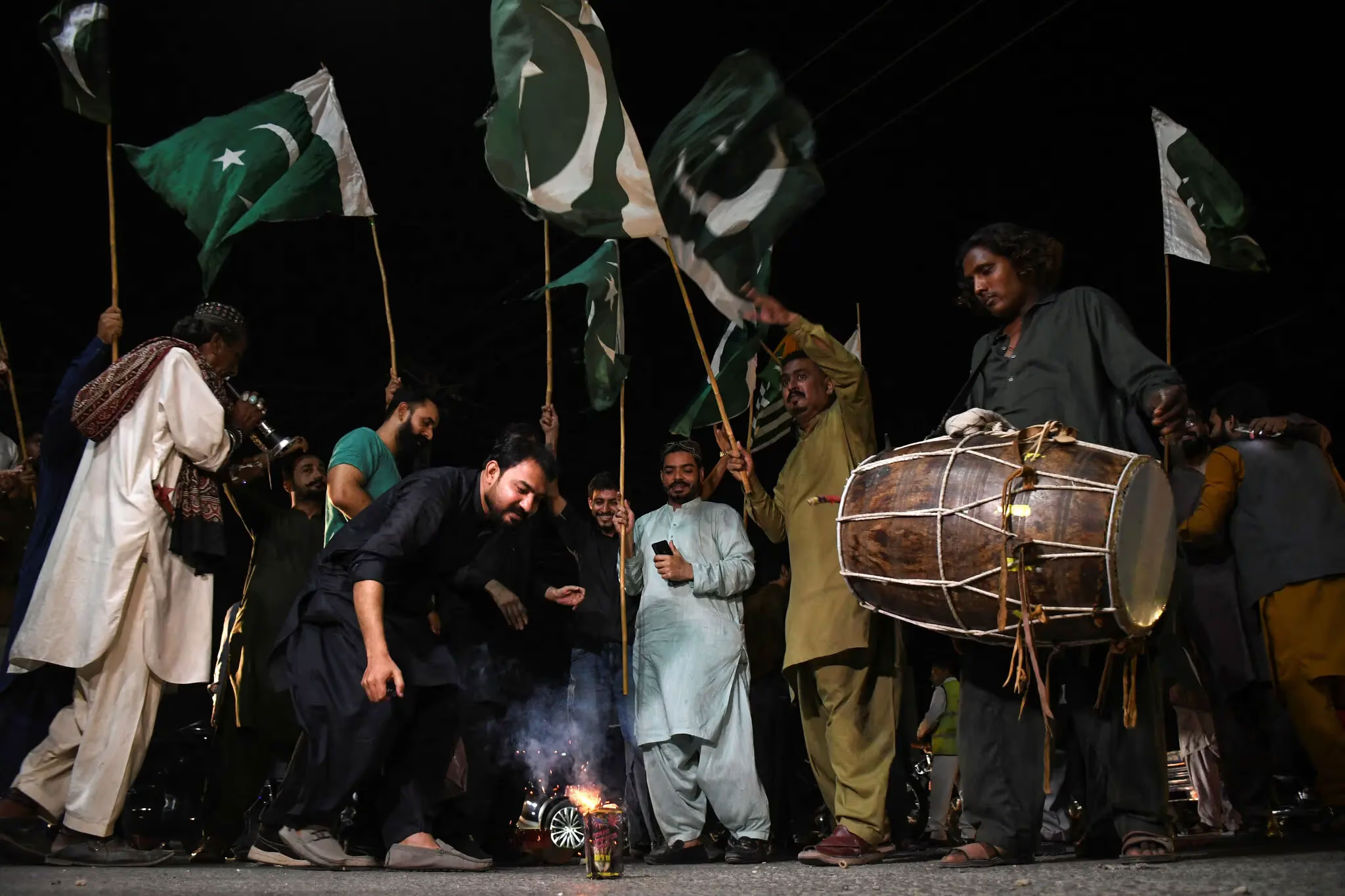
Celebrations after the ceasefire announcement in Hyderabad, Pakistan. May 10, 2025.
Especially since the previous confrontation ended poorly for Delhi: in 2019, India lost a helicopter to friendly fire, and a Soviet-era fighter jet was shot down by Pakistani air defenses—the pilot was captured. The episode dealt a reputational blow to both the military and the prime minister.
Since then, Modi's government has invested billions of dollars in modernizing the armed forces. However, these efforts have faced external constraints: amid the war in Ukraine, arms deliveries from Russia—India’s key defense partner—have slowed. At the same time, tensions along the Himalayan border with China have persisted, with tens of thousands of Indian troops deployed there for several years.
In this context, the new operation against Pakistan was meant not only to demonstrate enhanced military capabilities, but also to restore lost confidence—both domestically and on the international stage.
A Show of Force Without Strategic Breakthrough
In the initial phase of the operation, launched on Wednesday, Indian forces struck deeper into Pakistani territory than in any conflict in recent decades. According to open sources, the targets were sites allegedly linked to extremist groups. This allowed Delhi to portray the actions as targeted and justified in the context of counterterrorism.
However, the public display of success was not followed by a tangible strategic gain. According to Western diplomats and analysts, India indeed demonstrated greater resolve than in past episodes and may have raised the threshold of deterrence for Pakistan. But in terms of operational execution and long-term objectives, progress was minimal.
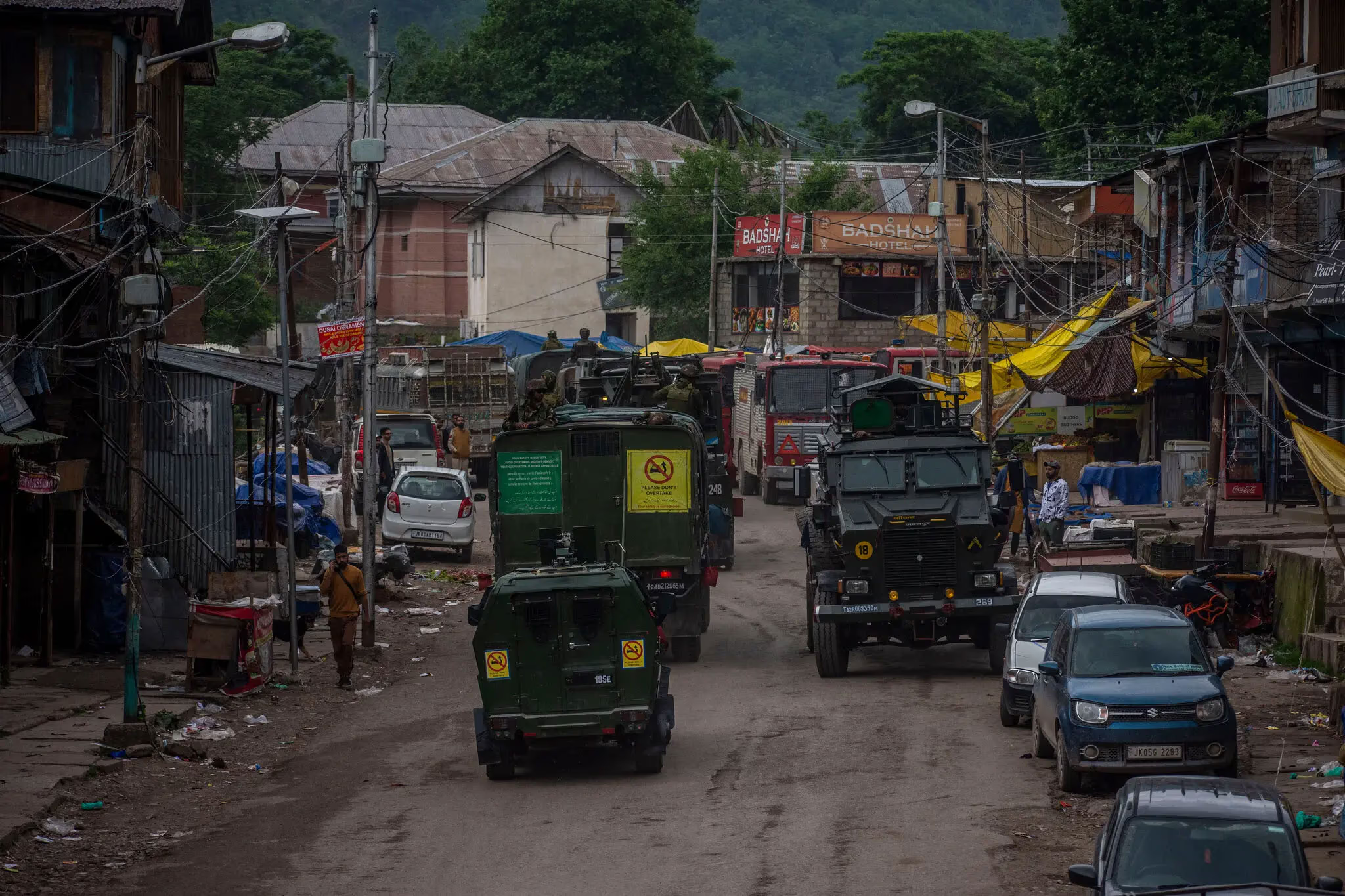
Indian Army convoy in the Indian-administered part of Kashmir. May 7, 2025.
The propagandistic element of the operation was evident. It was important for India to appear confident and autonomous, despite global challenges—including tense relations with China and limited resources. However, the confrontation quickly reached an impasse: neither side could afford to back down, but further escalation risked catastrophe.
As fighting intensified, the Line of Control turned into a zone of near-constant artillery duels. Casualties mounted. Drone and airstrikes grew increasingly audacious, targeting even strategic sites. Despite official claims of "mission accomplished," there were no real signs of de-escalation.
Peace Postponed Until the Next Crisis
A ceasefire was announced on Saturday evening—four days after the escalation began. But the path to it proved alarmingly chaotic. The key driver was not a mutual agreement between the parties, but external pressure: the United States, Saudi Arabia, and several Gulf states stepped in as the strikes neared critical infrastructure.
The international response highlighted a fundamental vulnerability in the current security architecture: intervention only comes at the brink of disaster. Everything leading up to that point—from diplomatic channels to preventive measures—remains paralyzed. In a world gripped by multiple crises, local conflicts between nuclear states too easily spiral out of control.
Even after the ceasefire was announced, India warned that any future attack on its interests would be met with equally forceful retaliation. This is not a threat—it's institutionalized logic, in which every incident demands a military response. Pakistan, for its part, is also unwilling to show flexibility—under a militarized regime, any perceived weakness could carry serious political consequences.
"We have left it to future historians to determine whether this escalation yielded any political or strategic gains," said former Indian Army chief Gen. Ved Prakash Malik.
But even future historians may struggle to separate strategy from inertia. The latest conflict was not just a reaction, but a new form of political reproduction: a war sustained by internal ideologies, technological capabilities, and a weakening of external checks.
One More War
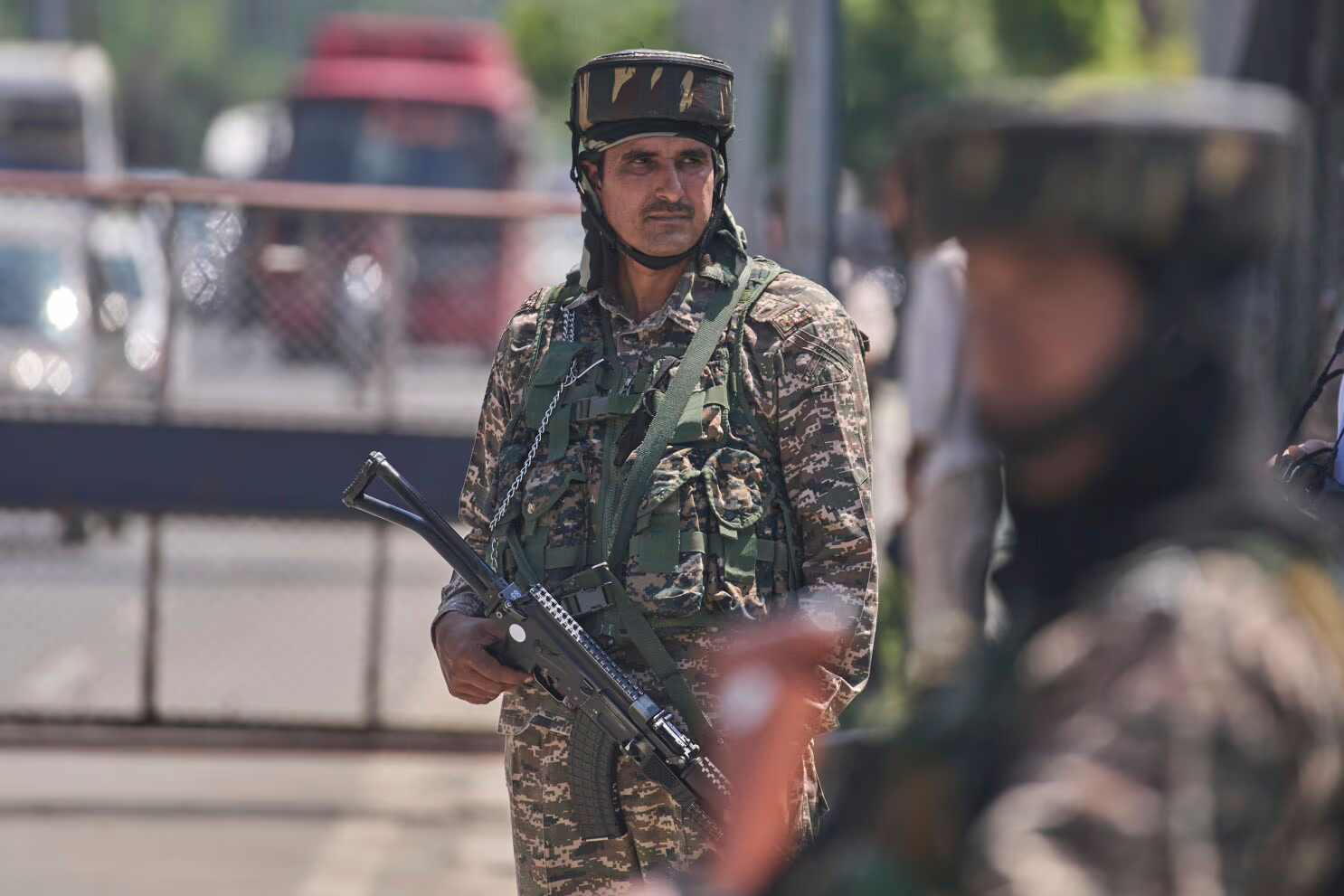
The War That Never Ended
How the Conflict Over Kashmir Became a Fixture of India and Pakistan’s Politics—and Why It Still Can’t Be Stopped?

